[et_pb_section admin_label=”section”][et_pb_row admin_label=”row”][et_pb_column type=”4_4″][et_pb_text admin_label=”Text”]
Well, just as the days turn to night, and the seasons embark on their great transformations, spring is finally upon us! For me, spring is my favorite season as I feel it has a different spirit than the others. Spring is about new life, and explosion of colors, a time of possibilities and a time to dust off the winter blues and take to the great outdoors. While many of us still have snow to contend with, the first day of spring is symbolic, it creates a mindset that the greys of winter are behind us and better days lie ahead. Also, as an avid gardener, it means that I can finally get to work!
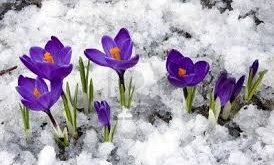
But before I get to some helpful hits I wanted to have a brief discussion on what the first day of spring means and debunk a long-standing egg assumption.
The first day of spring is also called the vernal equinox. “Vernal” and “equinox” are Latin terms meaning “spring” and “equal night” respectively. But is the vernal equinox really equal?
The idea is that on the first day of spring there are exactly 12 hours of daylight and 12 hours of darkness, but it rarely works out that way. There is always a time each spring, and again each fall, when the hours of light and darkness are equal, but it usually occurs before the vernal equinox and after the autumnal equinox.
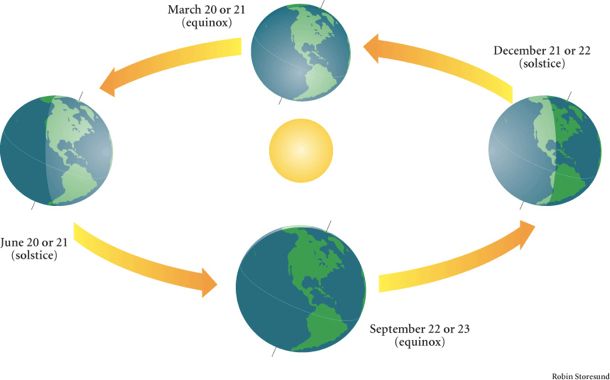
The balancing egg. As school kids the vernal equinox was a science teacher’s dream day as that was the day classrooms full of students tested their nerves to stand an egg on end. Now that I am older, I feel a bit ripped off after doing some additional research and here is what I found.
“In order to balance any object, the object’s center of mass needs to be over the object’s support base. Therefore, an egg can be balanced on any day or time – as long as one is steady enough to get the egg’s center of mass over its support base.”
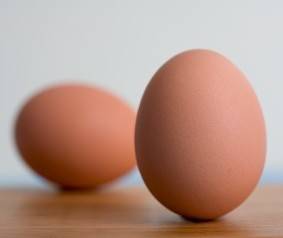
Now that we have set the record straight – let’s get to the real subject matter – top tips for early spring gardening. This is a great time, but also a tricky time as Mother Nature is sometimes not all that clear in early spring – sunny and 70 one day and 20 the next so care and consideration is vital during this time.
There are many great tips for this time of the season but let’s concentrate on the top five that can really make a difference in the long run.
Prune:
Most fruit trees, including apples, pears, cherries, and peaches, benefit from being thinned every year. This encourages an open habit and keeps the trees healthy and makes it easier to harvest the produce. The best time to prune is before new growth develops. In most regions, you’ll also want to prune your roses just as or before new growth emerges from the canes. Cutting your roses back encourages strong, healthy shoots that will produce lots of blooms. A trim also gives the plants a more open habit, which helps them resist diseases such as black spot.
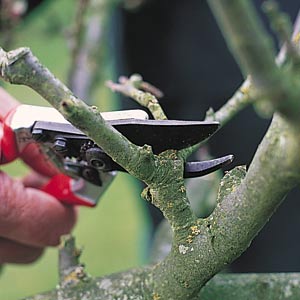
Plant:
Spring’s cool, moist conditions make it the perfect time to add trees and shrubs to your yard. There are many reasons to grow trees and shrubs: they add value and beauty to your property; they can shade your home, reducing your summer energy bills; and if you select fruit-bearing varieties such as apples or blueberries, they supply a great bounty for your family.
Seed:
Growing plants from seed is a great way to save money. You can gain a few extra weeks if you start them early indoors, or keep it simple by sprinkling seeds in moist, loosened soil outdoors.

Grow:
While tomatoes, peppers, and squash love hot summer weather, you can plant carrots, radishes, spinach, and other cool-season varieties while there’s still a bit of frost in the air. They’ll withstand light freezes easily, but need to be covered if the temperature drops into the low 20s.
Mulch:
If you have made the switch to rubber mulch you can skip this step and take a few hours off to enjoy the weather. If you still haven’t decided to go with a mulch that is guaranteed for more than 12-years (Rubberific Mulch) to keep looking great – you still have a chance. When the soil has warmed up and dried out in spring, spread a layer of mulch over the soil surface to discourage weeds in your planting beds and hold moisture once hot summer days arrive.
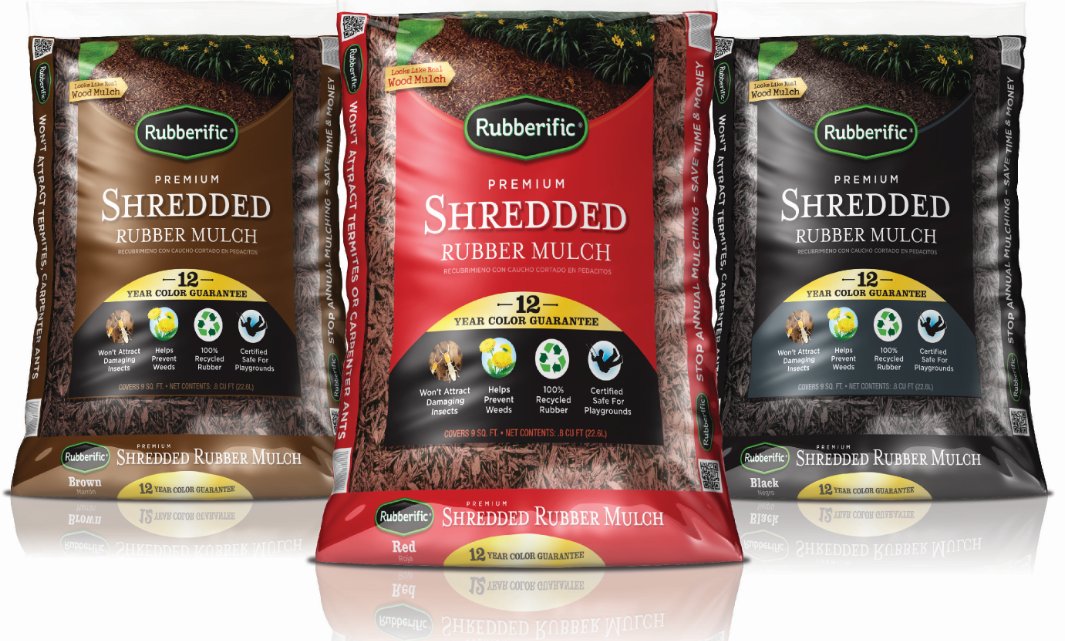
Start taking some backyard spring pictures when you have the chance as they just may win you a prize in next week’s update!
[/et_pb_text][/et_pb_column][/et_pb_row][/et_pb_section]



